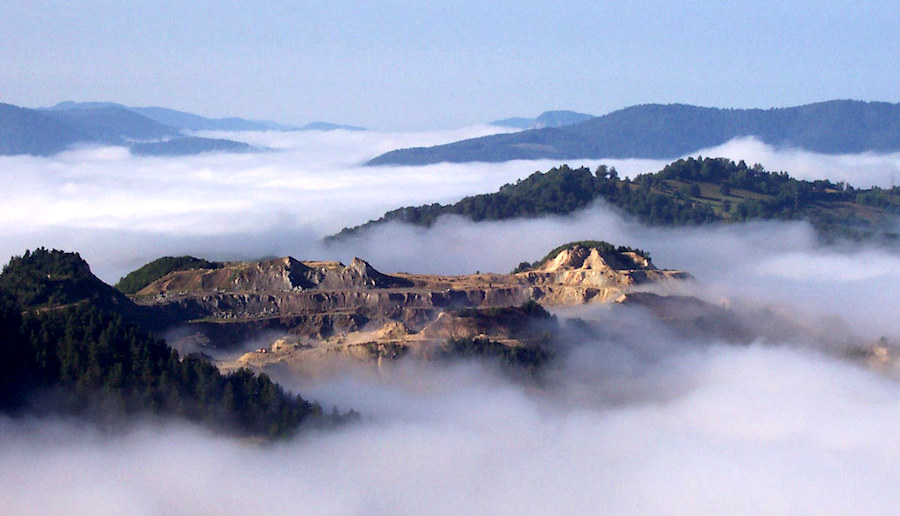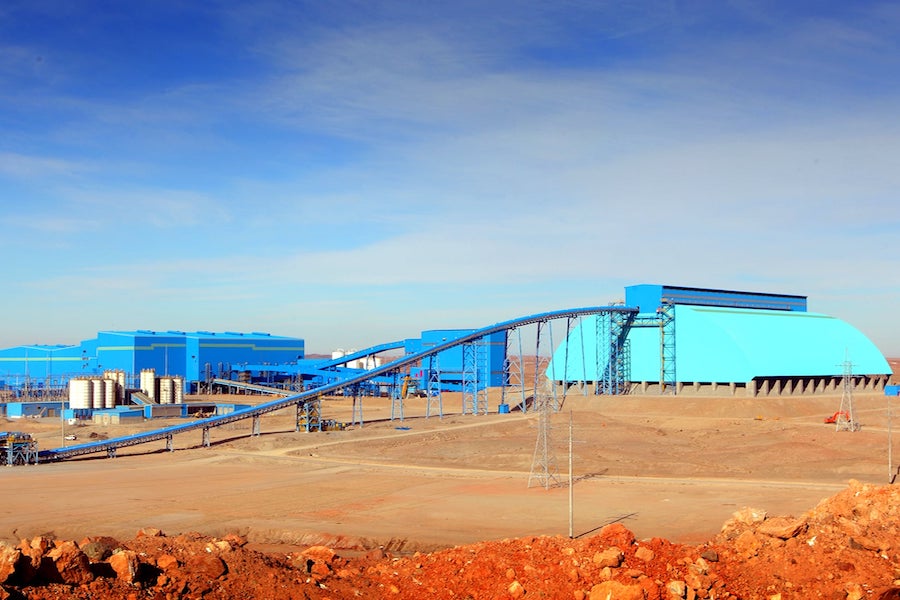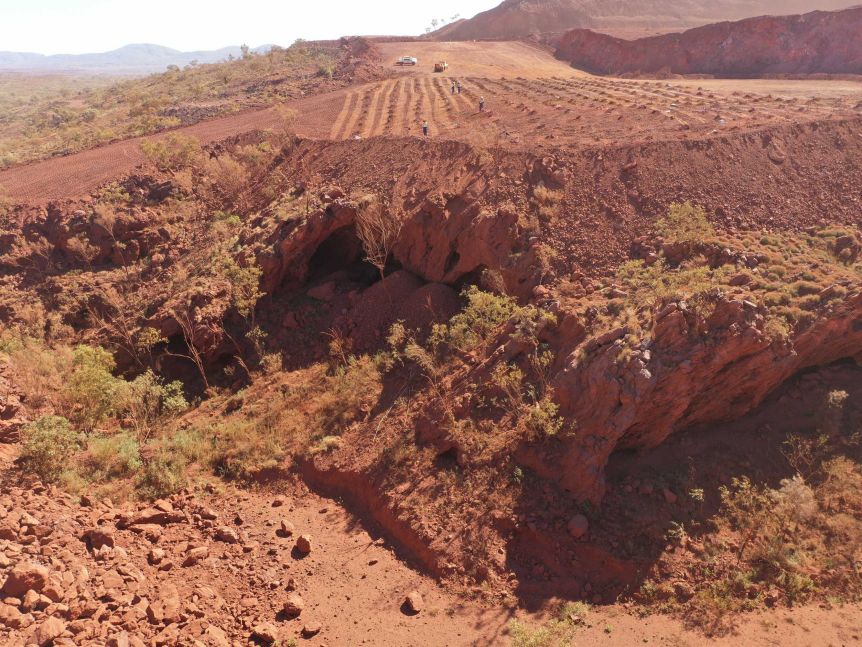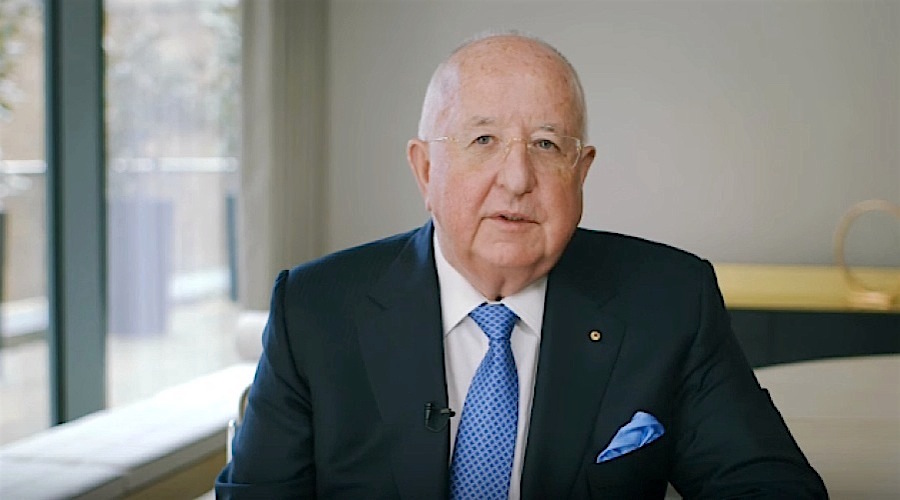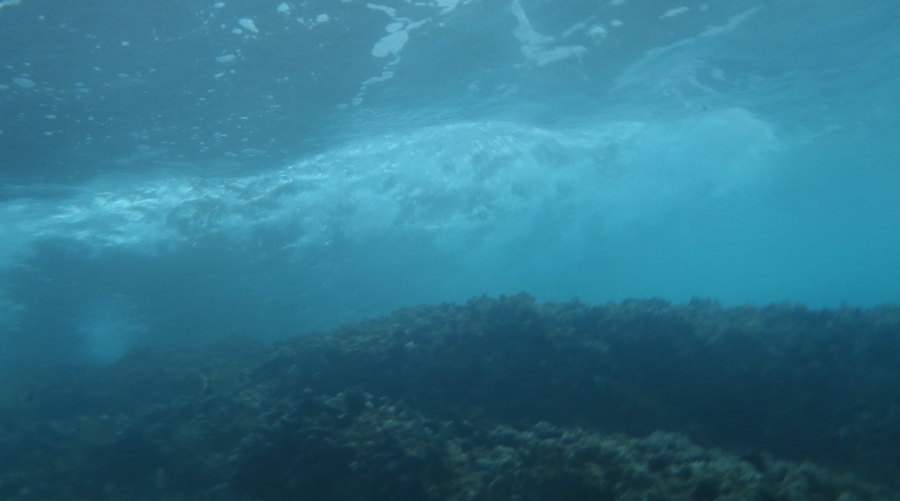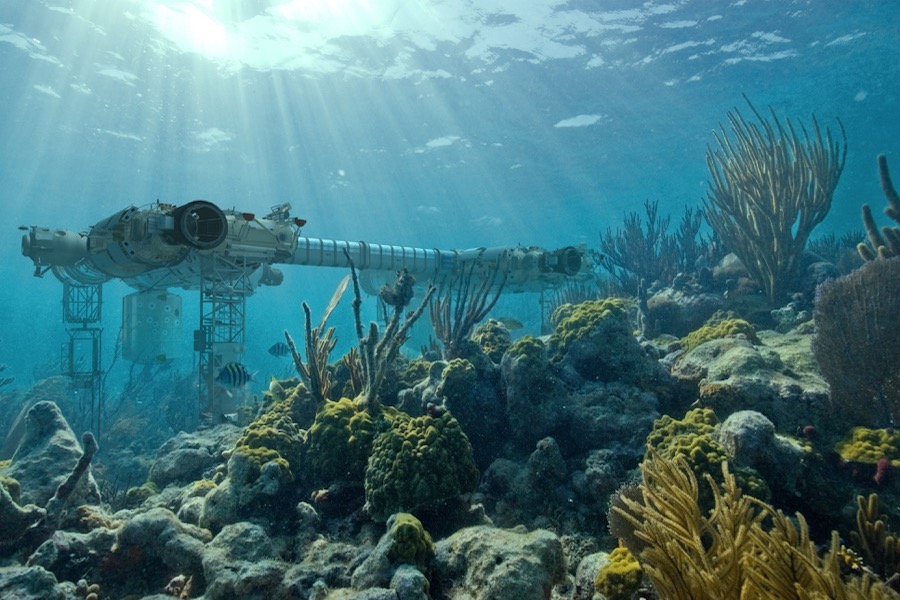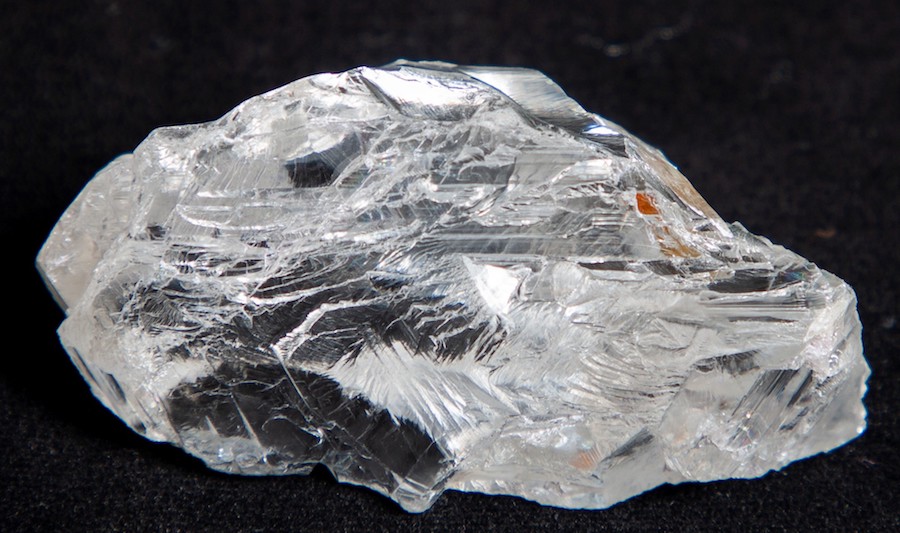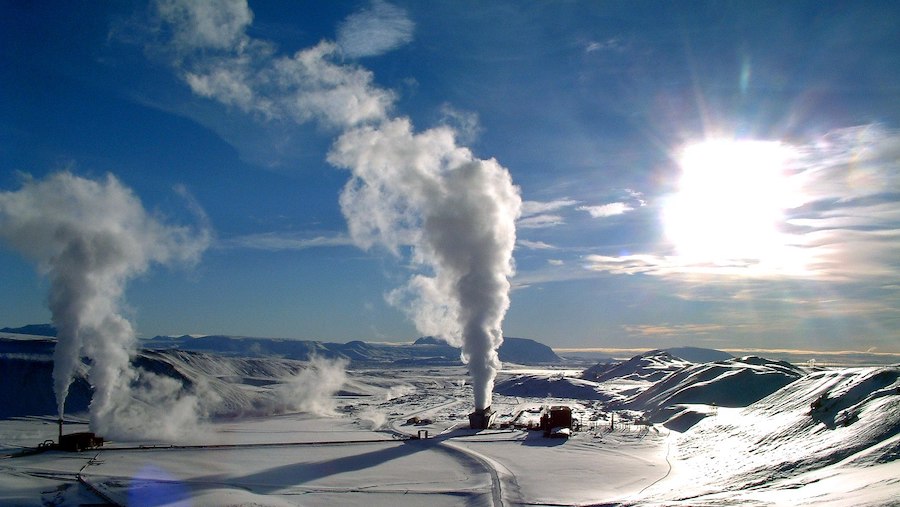The officer recommends a new election in Amazon’s Bessemer union drive
By Russell Brandom and Zoe Schiffer Aug 2, 2021,
/cdn.vox-cdn.com/uploads/chorus_image/image/69669404/acastro_181114_1777_amazon_hq2_0004.0.jpg)
An initial assessment from the National Labor Relations Board (NLRB) has recommended workers at an Amazon warehouse in Bessemer, Alabama hold a new election to determine whether to unionize with the Retail, Wholesale and Department Store Union (RWDSU). The recommendation comes from the hearing officer assigned to the case and is only a preliminary ruling, but still hands the union a surprising win in a fight that many in the labor movement had considered lost.
In April, workers at Amazon’s fulfillment center in Bessemer, Alabama voted not to unionize by a margin of more than 2-to-1. But in the aftermath of the result, the Retail, Wholesale and Department Store Union (RWDSU) alleged that Amazon had illegally influenced the drive and petitioned the NLRB to invalidate the result. In particular, the RWDSU raised questions around a USPS mailbox installed in the fulfillment center parking lot during the drive. The union alleged it gave some workers the impression that Amazon had improper access to mailed ballots.
RWDSU’s defeat opened the door for other unions to announce plans to unionize Amazon workers. On June 24th, the Teamsters announced a nationwide campaign to organize Amazon’s sprawling workforce. The teamsters committed to spending “all resources necessary” to make the campaign successful.
Now, it appears RWDSU is getting another chance. “Throughout the NLRB hearing, we heard compelling evidence how Amazon tried to illegally interfere with and intimidate workers as they sought to exercise their right to form a union,” said RWDSU president Stuart Appelbaum in a statement. “We support the hearing officer’s recommendation that the NLRB set aside the election results and direct a new election...Amazon’s behavior throughout the election process was despicable. Amazon cheated, they got caught, and they are being held accountable.”
Amazon did not immediately respond to a request for comment.
The hearing officer’s recommendation is only a preliminary assessment of the claim, and does not by itself have any legal force. A full ruling will only come when the acting regional director issues a decision for the case, which will likely not occur for serveral weeks. Parties to the case will still have the opportunity to file exceptions in the intervening time.
As the case proceeds, Amazon’s labor issues have spread well beyond Bessemer. In June, the International Brotherhood of Teamsters voted to prioritize organizing efforts for Amazon delivery drivers, creating a special division to focus on the company’s operations over the next five years. “Amazon workers are calling for safer and better working conditions,” said the project’s director at the time, “and with today’s resolution, we are activating the full force of our union to support them.”
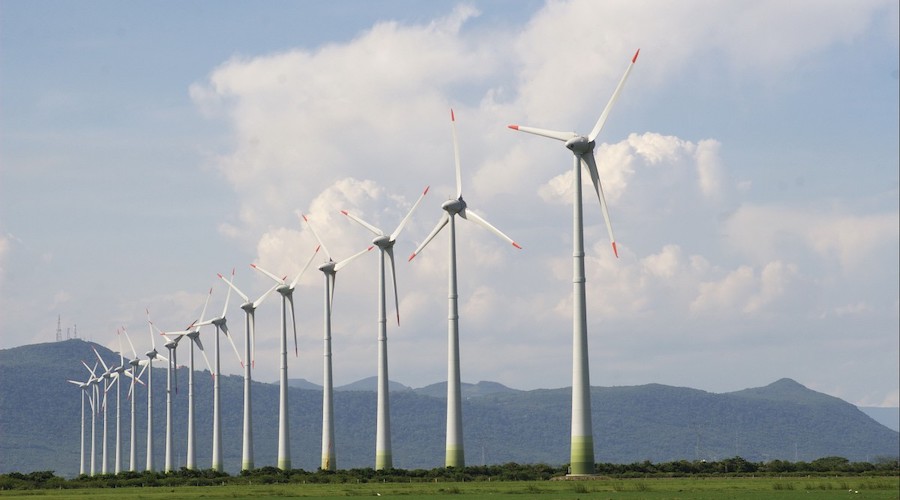

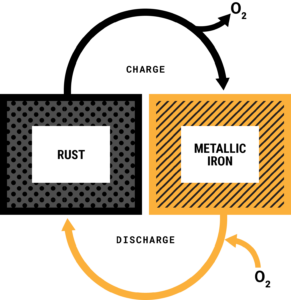 (Image by Form Energy).
(Image by Form Energy).